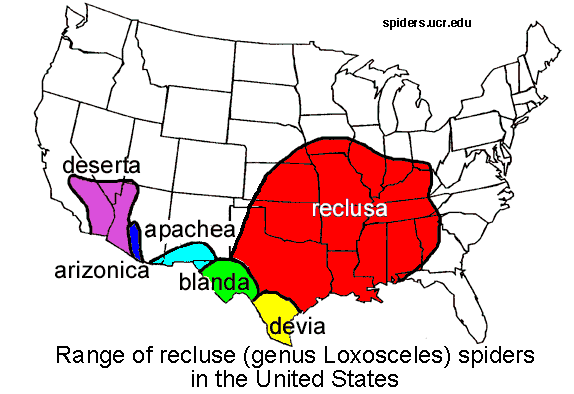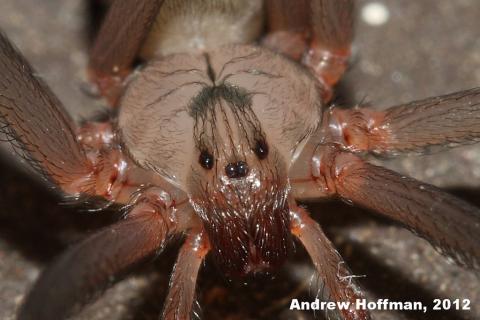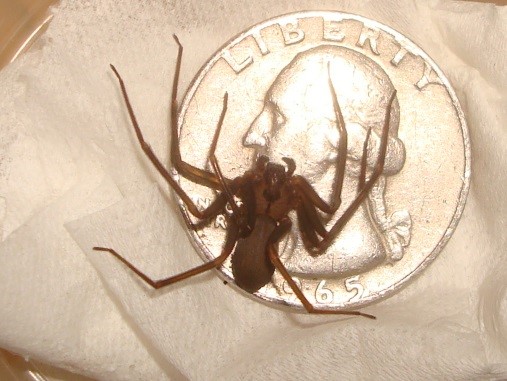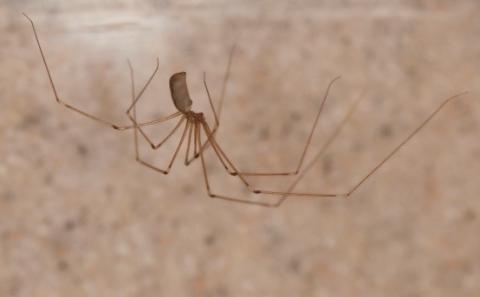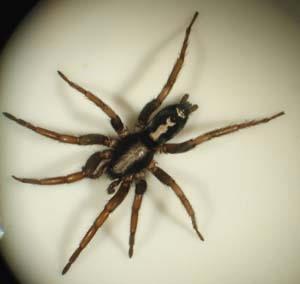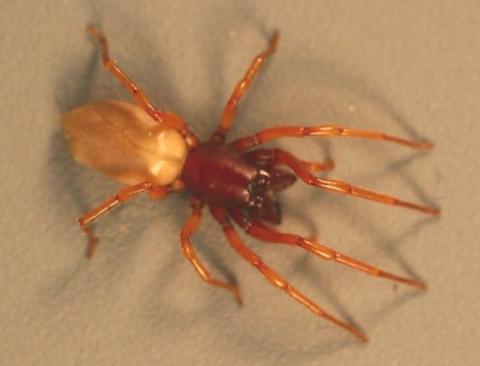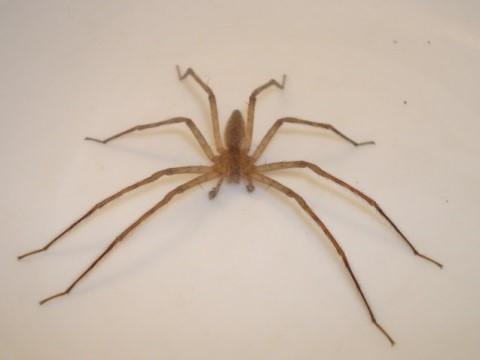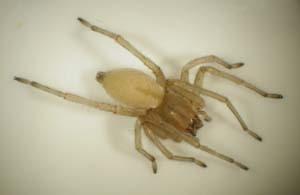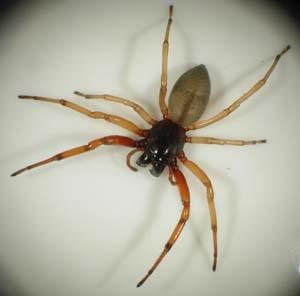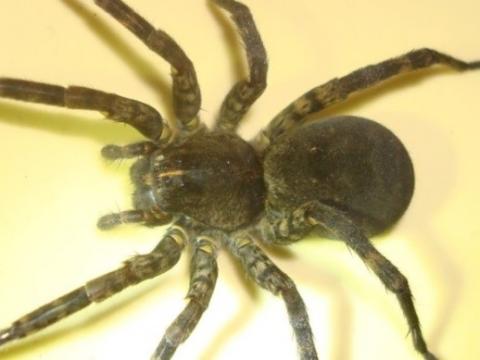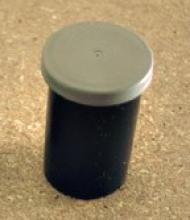The Indiana and Ohio Brown Recluse Project
Brian Foster, Animal technician
The brown recluse (Loxosceles reclusa) can be found in almost any county in the southern half of Indiana and becomes less common as you travel north. In Ohio, the brown recluse is found in the southwest portion of the state and becomes less common as you travel north and east. Cold winter weather limits the northern distribution of recluses in the wild, but some populations accidentally transported outside the natural range may persist in climate-controlled buildings. An introduced species of recluse spider, the Mediterranean Recluse (Loxosceles rufescens), has been documented in both Indiana and Ohio but little is known about its distribution in the bi-state region. The brown recluse and Mediterranean recluse look almost identical, differing at the microscopic level.
